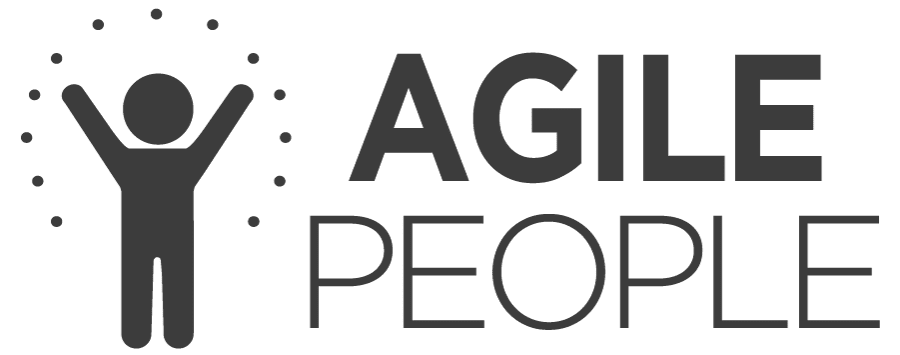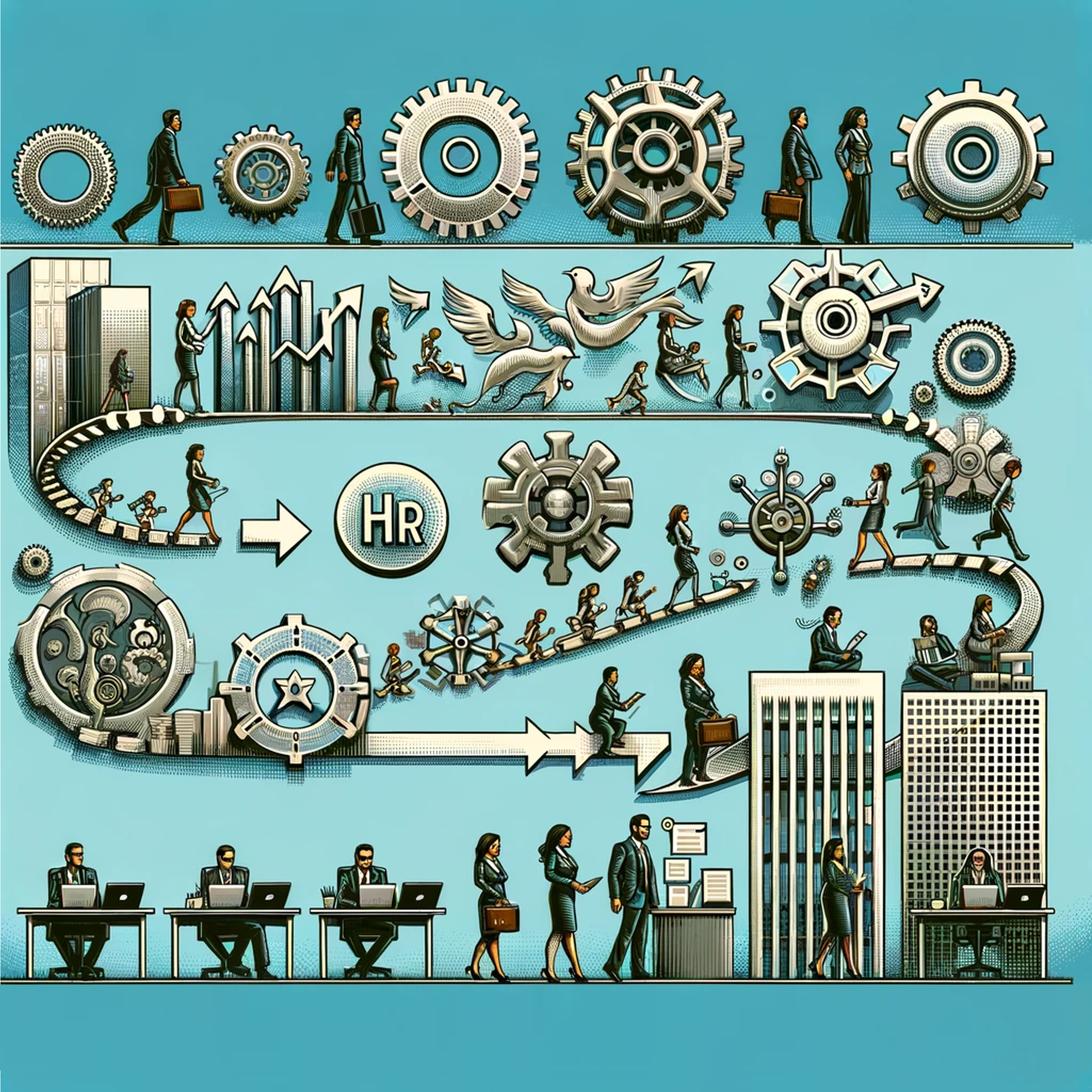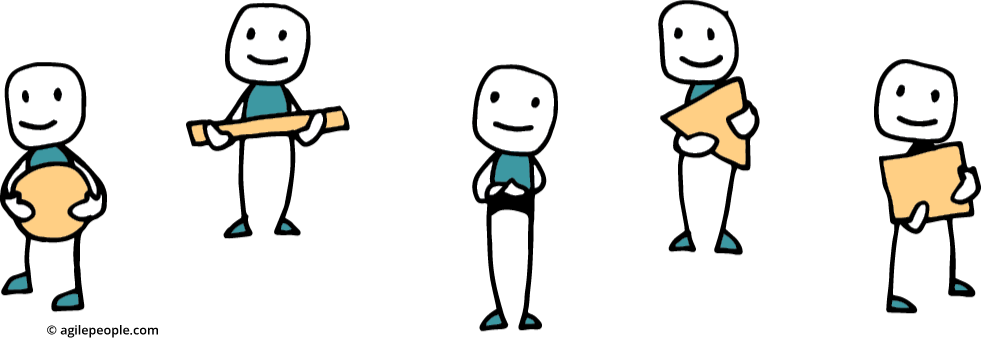Discuss the shift from traditional HR roles focused on control to a more agile approach prioritizing speed, adaptiveness, and customer-centricity.
Transition from Traditional to Agile HR
-
Traditional HR Roles:
- Traditional HR roles have historically been grounded in control and standardization. This approach is characterized by rigid structures, strict policies, and a top-down management style.
- In these roles, HR functions often revolve around compliance, administrative duties, and enforcing company policies. The focus is more on maintaining order and less on employee empowerment or innovation.
- Traditional HR systems typically involve annual performance reviews, long-term planning, and hierarchical decision-making processes.
-
Agile HR Approach:
- Agile HR marks a significant shift from these conventional practices. This approach emphasizes speed, flexibility, and adaptiveness, mirroring the principles of Agile methodology in software development.
- In an Agile HR framework, the focus shifts to rapid response to changes, continuous learning, and prioritizing employee and customer needs.
- Agile HR is characterized by decentralized decision-making, where employees at all levels are empowered to take initiatives and make decisions.
-
Speed and Flexibility:
- Agile HR prioritizes quick response to changes in the business environment, technological advancements, and employee needs.
- This is achieved through practices like short feedback loops, regular check-ins instead of annual reviews, and flexible goal-setting that can adapt to changing priorities.
- Processes are streamlined for efficiency, reducing bureaucracy and enabling faster decision-making and action.
-
Adaptiveness:
- Adaptiveness in Agile HR means the ability to pivot and adjust strategies and policies quickly in response to internal and external changes.
- This involves embracing a mindset of continuous improvement, where feedback is regularly sought and used to make iterative changes in HR practices.
- Agile HR recognizes that what works today may not work tomorrow, hence the emphasis is on staying alert and responsive to emerging trends and employee expectations.
-
Customer-Centricity:
- Agile HR aligns closely with the concept of customer-centricity, where the primary focus is on delivering value to customers, both external and internal (employees).
- This shift involves understanding employee needs and experiences as deeply as customer needs, recognizing that engaged and satisfied employees lead to better customer experiences.
- HR practices are designed to enhance employee satisfaction, which in turn drives higher productivity, innovation, and better service to customers.
-
Collaboration and Empowerment:
- In Agile HR, collaboration across departments and levels is encouraged to foster innovation and holistic problem-solving.
- Employees are empowered to take charge of their work, encouraging a sense of ownership and accountability.
- This collaborative environment helps in breaking down silos within the organization, promoting a more cohesive and aligned workforce.
-
Technology and Data-Driven Decision Making:
- Agile HR leverages technology to streamline processes and gather data for informed decision-making.
- Data analytics is used to understand trends, predict needs, and measure the effectiveness of HR initiatives, making HR a strategic partner in business growth.
In conclusion, the shift from traditional HR to Agile HR represents a transformative change in the role and function of HR within organizations. This shift is characterized by a move away from control and standardization to an approach that values speed, adaptiveness, and customer-centricity. Agile HR practices are designed to respond quickly to changing environments, empower employees, foster collaboration, and drive a culture that is focused on continuous improvement and delivering value. This new paradigm positions HR not just as a support function but as a strategic driver of organizational success.




